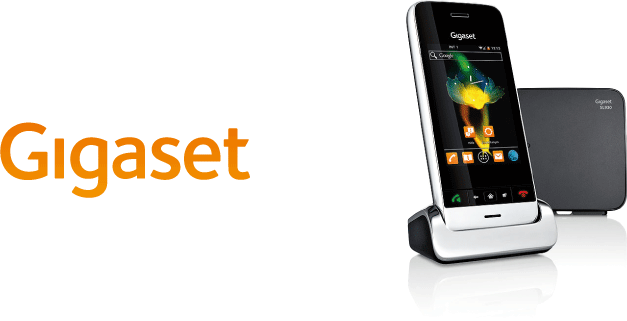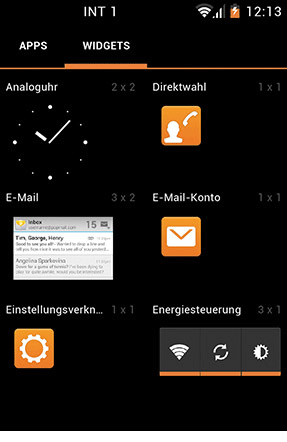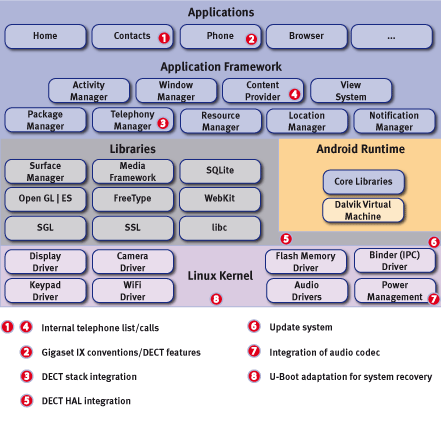Android porting – Integration of DECT
Gigaset Communications GmbHWith the SL930A, Gigaset offers a landline telephone with reliable and exceptional sound quality, internet access and the possibility to download apps to control devices. The system combines the functions of a smartphone with the DECT-based HDSP Gigaset sound quality.
As a developer for Linux/Android adaptations, emlix supported the developer team in Bocholt in adapting and expanding the Android platform for the SL930A, and also provided support in setting up the Gigaset-specific development and production environment.
The focus of the project was on expanding the components of the Android Open Source Project (AOSP) to include the software components and proprietary developments required for DECT. One important aim was to make the entire software system for the Gigaset landline telephone maintainable and updateable. The high level of innovation of the product, together with the short development period, necessitated an agile software development process spread across several locations.

Adaptation of the build system and hardware support

In the first phase of the project, emlix supported the Gigaset team in the conception and installation of a Gigaset-specific development environment. This also meant expanding the AOSP development to include a continuous Integration solution for the team.
At the same time, the emlix and Gigaset teams worked closely together to run an analysis of the software and architecture for the adaptation of the Android telephony stack and to develop a concept for the necessary solution. In particular, they sought ways to enable the use of DECT-specific value-adding services. Together with Gigaset, emlix identified the RILD commands that needed to be implemented as well as the required DECT-specific functions.
A second goal was to adapt the user interface of the SL930A to the well-known Gigaset look and feel. The design and especially the familiar Gigaset user experience needed to be implemented. To this end, changes to the Android phone application and to the contact content provider were planned in collaboration with emlix and implemented by a team of Gigaset developers.
Authentication and update mechanisms
Expanding the hardware support of Android for Gigaset and adapting the user interface to the high standards of Gigaset required adapting the AOSP authentication and update mechanisms. Gigaset's conventions for user interfaces, particularly regarding user guidance, had to be taken into account, as did variations in the hardware (buttons).
emlix implemented these conventions by making changes to the Android Recovery Program for the SL930A. Furthermore, Android's update mechanism was expanded to include sophisticated support for Gigaset hardware. An analysis by emlix identified which functions were lacking in the board support package, and these were then added. The corresponding expansion of the build system was also the responsibility of emlix.
With the emlix and the Gigaset teams spread across several locations, the collaboration was conducted according to the principle of agile software development (scrum). While the first phase of the project required face-to-face meetings, in subsequent phases remote collaboration was established with the emlix team.
